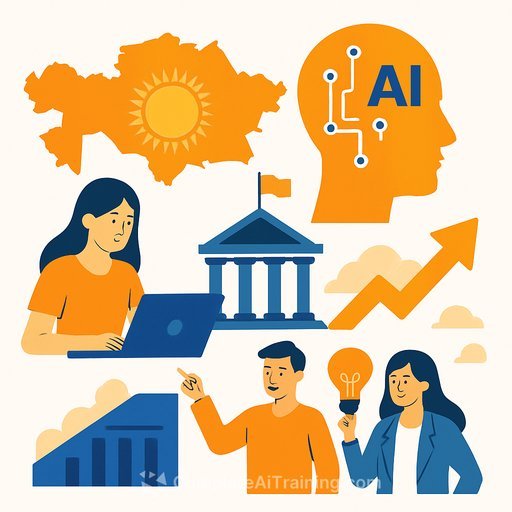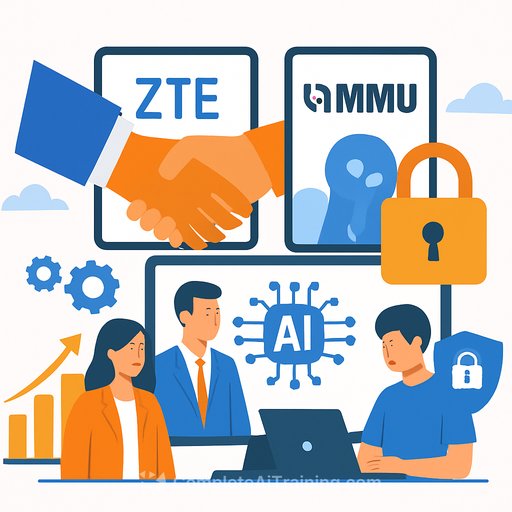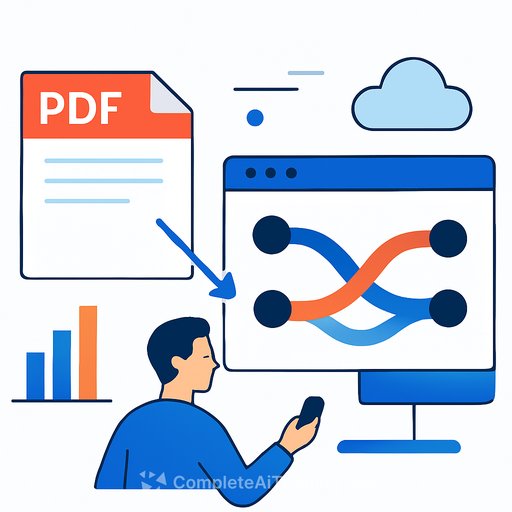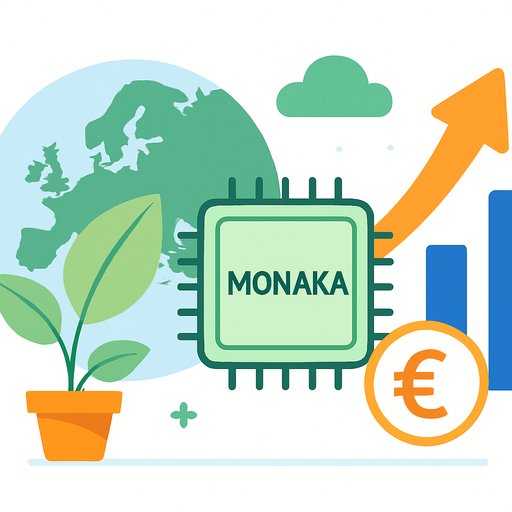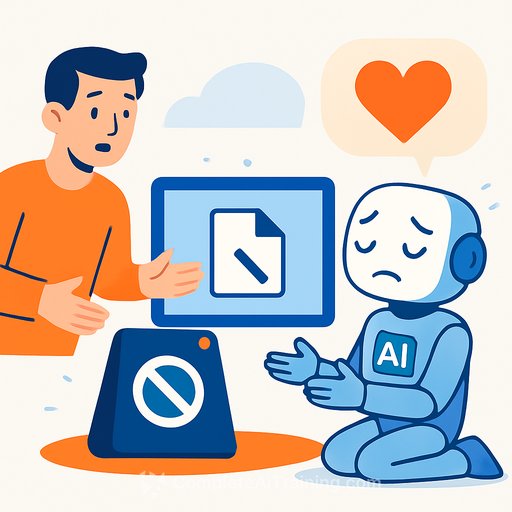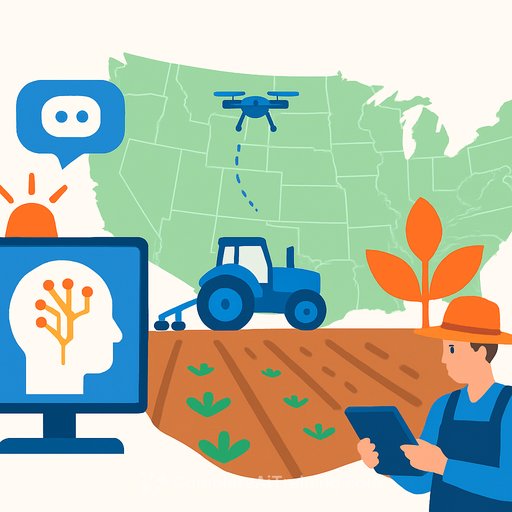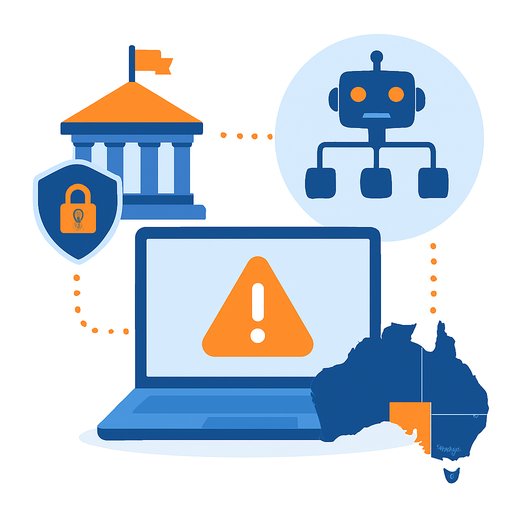Kazakhstan Accelerates AI and a Unified Digital Ecosystem Under the Government's Digital Headquarters
Kazakhstan is moving fast on a clear directive: build a unified digital ecosystem, integrate all government services into a single SuperApp, and scale support for IT startups and creative industries. The Digital Headquarters, led by Prime Minister Olzhas Bektenov, is executing President Kassym-Jomart Tokayev's instructions with concrete actions and deadlines.
What's new: decisions and deadlines
According to the Prime Minister's press service on Oct. 20, government agencies have been tasked with expanding the list of priority activities for the Astana Hub technology park by Nov. 10. The goal is to widen the deal flow, bring in new talent, and position the hub as a stronger regional center.
- Multimedia
- Game design and publishing
- eSports
- Software development and maintenance
- Business process outsourcing
- English language training
This broadened scope makes it easier for teams across creative tech and enterprise software to qualify for support. For context on programs and residency, visit Astana Hub.
One SuperApp for public services
All government mobile services will be integrated into the eGov and Aitu ecosystems under a single SuperApp model. This reduces app sprawl, streamlines authentication, and sets a consistent standard for service quality.
For service owners inside ministries and akimats, this means planning migrations, aligning APIs, and consolidating identity and payments. Reference services and documentation are available at eGov.kz.
Shared compute via Alem.cloud
Rules are being approved for distributing computing resources at the Alem.cloud National Supercomputing Center. The framework is built around transparent access for startups, universities, government agencies, and private companies.
Capacity will support AI projects across priority sectors:
- Education and healthcare
- Agriculture and energy
- Manufacturing and transportation
- Construction and robotics
Expect clearer queues, eligibility criteria, and reporting standards so teams can plan training runs, model hosting, and data processing with less guesswork.
What this means for government, IT, and development teams
- Ministries and agencies: Map every mobile service to eGov/Aitu. Standardize APIs, identity (SSO), payments, and analytics. Plan decommissioning timelines for legacy apps.
- Universities: Prepare proposals for Alem.cloud compute (research goals, datasets, ethical review, and expected outcomes). Align curricula with AI engineering, data engineering, and MLOps.
- Startups: Check eligibility under the new Astana Hub categories. Focus on measurable use cases for public services and regulated industries.
- Infrastructure leads: Set up observability, cost allocation, and scheduling for GPU workloads. Define data retention and security baselines from day one.
- Sector leaders (health, agri, energy, etc.): Prioritize 2-3 high-impact AI use cases each with clear KPIs, data owners, and procurement paths.
- Compliance and data offices: Update privacy, consent, model risk, and incident response policies to cover AI training and deployment.
Practical next steps
- Create a service consolidation roadmap: integrations, sunsetting, and user migration plans.
- Set up data pipelines and quality checks for AI projects (source of truth, access control, audit logs).
- Apply for Astana Hub programs under the expanded activity list and line up co-funding where available.
- Prepare Alem.cloud requests with compute estimates, timelines, and expected social or economic impact.
- Stand up an internal MLOps stack (versioning, CI/CD for models, monitoring for drift and bias).
Skills and resources
If your team is building AI capability across roles (policy, data, engineering, product), see curated learning paths by job function: AI courses by job. For a quick scan of current programs, check the latest listings: Latest AI courses.
Your membership also unlocks:

